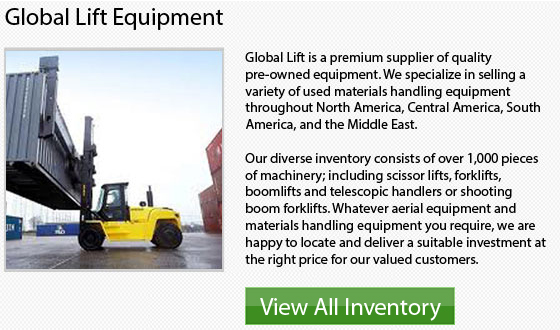
Electric Lift Truck Specifications
The forklift is a common piece of machines used to carry and lift merchandise and supplies on jobsites such as construction and warehousing. Forklifts now are available in varying classes and are powered with different sources. These days, electric forklifts have become common for several businesses. They are powered by rechargeable lead-acid batteries which are more powerful and bigger than batteries utilized for cars. In this broad category of electric forklift, there are various sub-types distinguished by some common conditions.
Load Capacity
The amount oftotal weight a lift truck unit can support is the load capacity.
Stroke
The vertical lift travel of the lift truck is the stroke. It describes the amount of difference between the fully-raised and fully-loaded positions of the specific lift truck.
Classes
In order to organize the features of the different units, classes of lift trucks have been categorized into eight classes. Classes I, II, and III pertain to electric lift trucks. Class I lift trucks cover electric motor trucks engineered to be ridden by the operator while in operation. Class II electric forklifts are manufactured for efficiency in narrow aisle environments and are recommended for pulling and stocking merchandise inside a warehouse. Class III electric lift trucks are motor-powered hand trucks that are operated by an individual who walks at the rear of the unit.
Battery Specifications
Battery specifications provide information about what kind of performance you can expect from them. Nearly all forklifts have a plate that identifies the amount of volts available from the battery. The battery weight will often be specified on the lift truck also, since that information is needed to know the amount of weight the forklift must support. Typically the information also includes the weight of the forklift truck without the battery.
Input
Input refers to the amount of energy input which the lift truck's battery is designed to accept while charging. This is actually an essential condition. For example, an electric lift truck may be able to accept either 460 or 230 volts at a time.